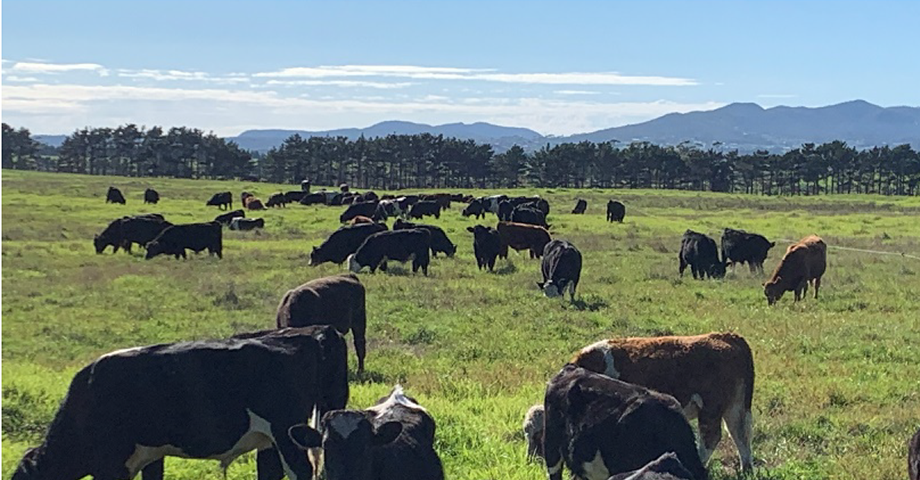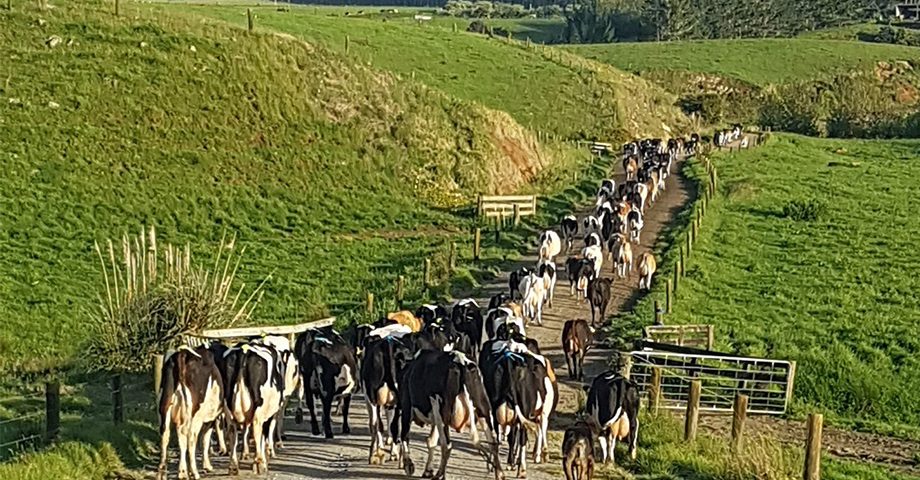Executive summary
Between-orchard variation in approximated average gross revenue per hectare of 341 conventionally managed commercial ‘Hayward’ (HWCK) kiwifruit orchards was spatially modelled across Te Puke, the main production region of New Zealand, over six consecutive growing seasons (2003-2008). Variation between orchards in average gross revenue within seasons (of which spatial variation is a component) was greater than variation between seasons (~temporal variation). Within seasons there were spatial patterns to the distribution of approximated gross revenues per hectare between orchards. The temporal consistency of the spatial variation enabled segregation of the Te Puke growing region into three geographic zones which contained orchards that consistently earned distinctly different returns both within and across seasons.
Despite the differences in orchard revenues between the geographic zones identified being statistically significant and the location of an or chard within the Te Puke growing region having an effect on orchard revenue, orchard location was not predictive of orchard revenue. Therefore it is concluded that the spatial component of between-orchard variation in revenue was exceeded by that of non-spatial site-to-site variation. This we attribute to differences in individual management practices between orchards. As orchard revenue is determined (in order of decreasing influence) by fruit numbers, fruit size and fruit dry matter content – the same hierarchy of responsiveness to orchard management practices – then it follows that orchard revenue is very open to manipulation by orchard management practices.
Therefore geographic zonation between orchards should not be where the effort in managing variation in Hayward kiwifruit and/or land values is concentrated.
Tim Woodward



